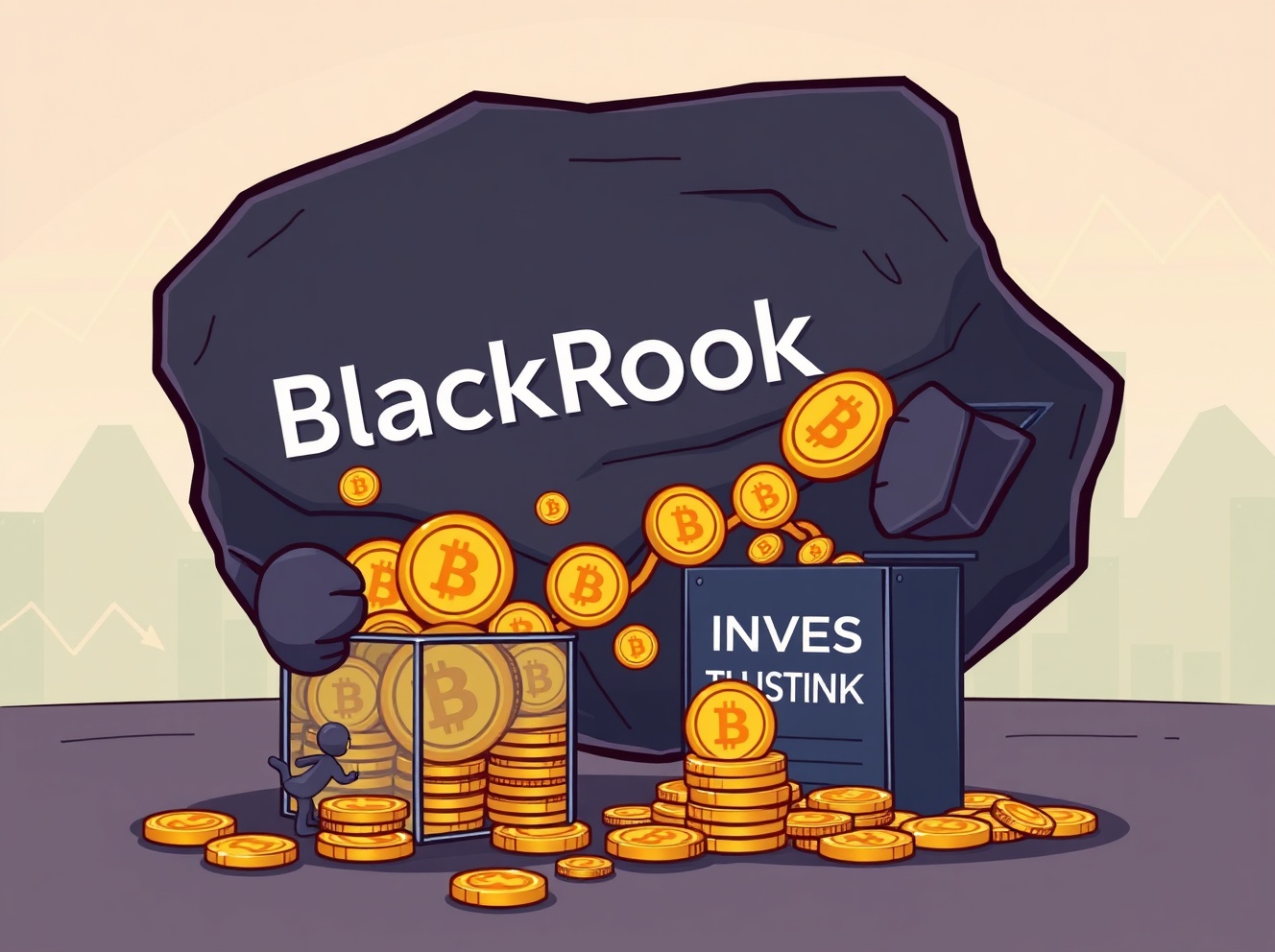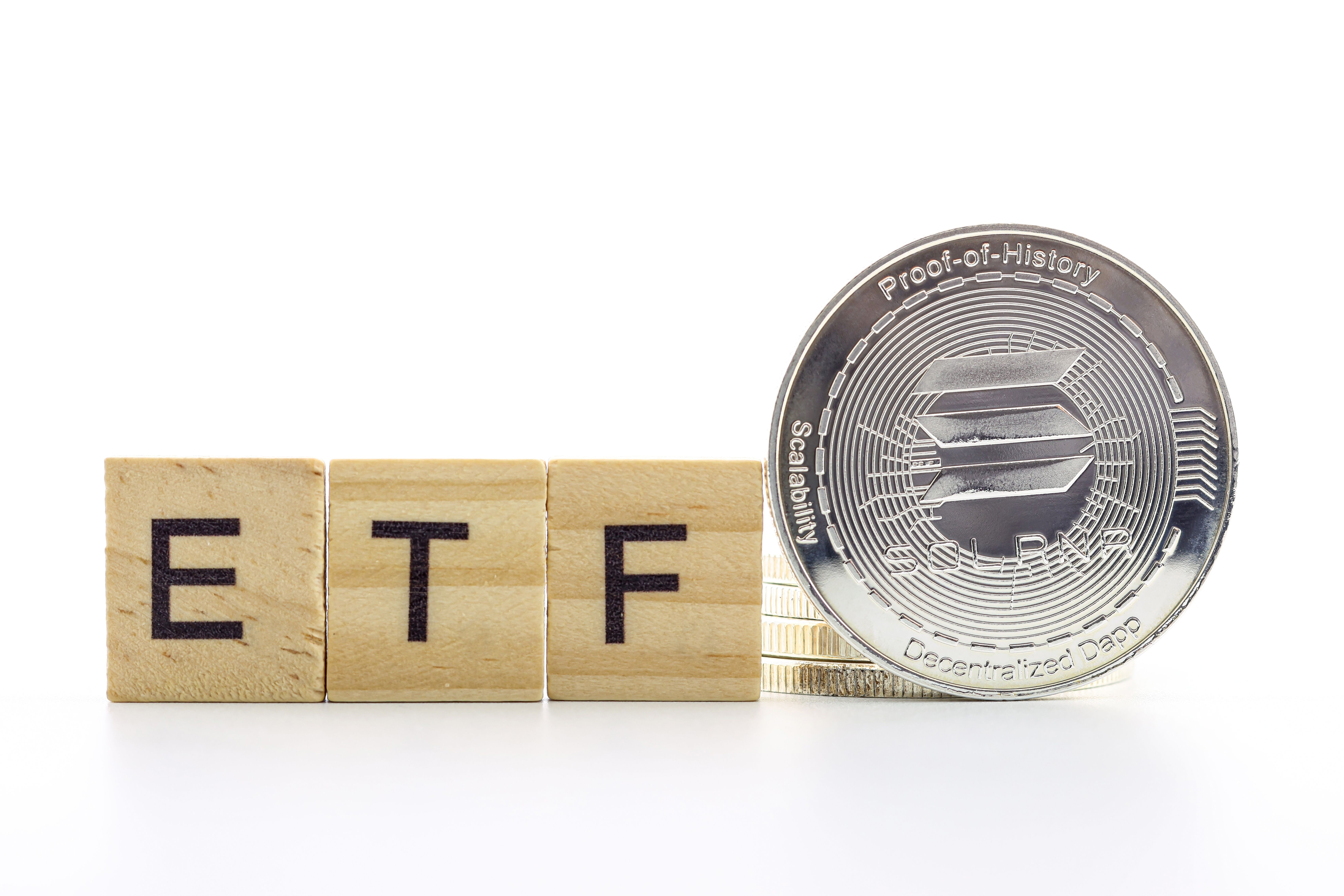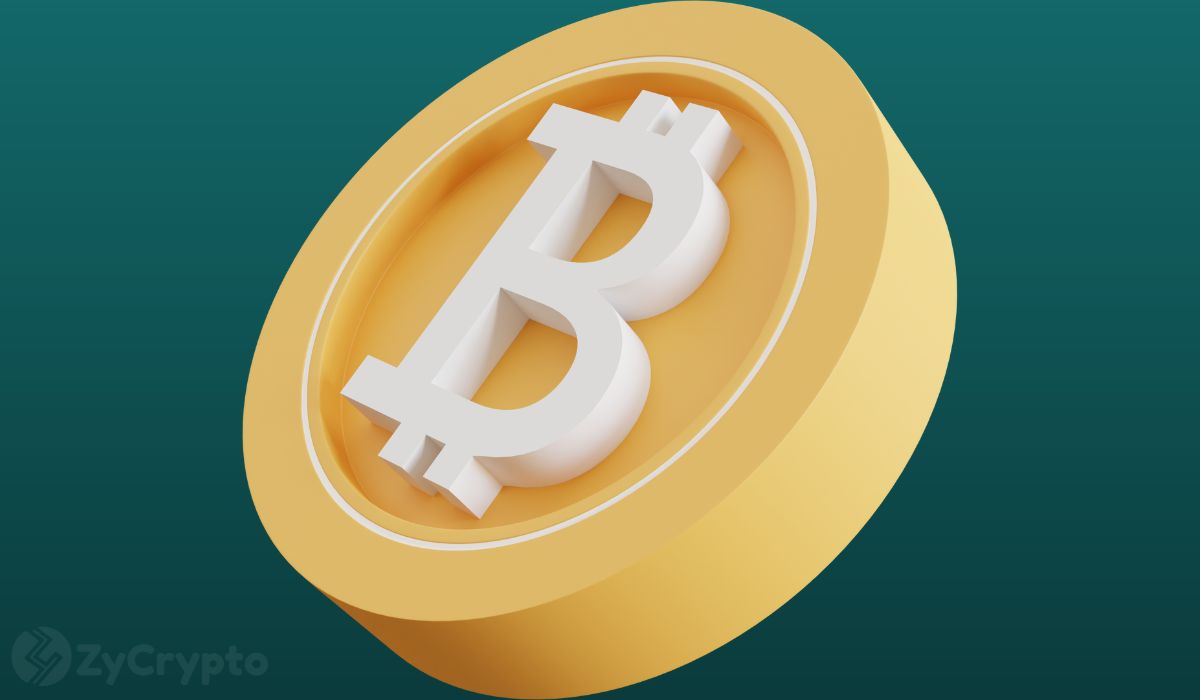
Bitcoin’s bottom appears to be forming after the recent crash, with 91% of BTC supply now profitable and short-term holders regaining confidence above $113,000. Whale accumulation and resilient on-chain metrics
CoinOtag
You can visit the page to read the article.
Source: CoinOtag
Disclaimer: The opinion expressed here is not investment advice – it is provided for informational purposes only. It does not necessarily reflect the opinion of BitMaden. Every investment and all trading involves risk, so you should always perform your own research prior to making decisions. We do not recommend investing money you cannot afford to lose.
Dominant Force: BlackRock’s Crucial Impact on Spot Bitcoin ETF Flows Revealed

BitcoinWorld Dominant Force: BlackRock’s Crucial Impact on Spot Bitcoin ETF Flows Revealed The world of cryptocurrency investment is buzzing, and at the heart of the excitement lies the incredible growth of spot Bitcoin ETF flows . But who is truly at the helm of this financial revolution? Recent analysis points to one undeniable leader: BlackRock. Their monumental presence is reshaping the landscape of digital asset investment, drawing unprecedented capital into Bitcoin. Understanding the Surge in Spot Bitcoin ETF Flows When we talk about spot Bitcoin ETF flows , we’re referring to the net capital moving into exchange-traded funds that hold actual Bitcoin. This mechanism allows traditional investors to gain exposure to Bitcoin’s price movements without directly owning or managing the cryptocurrency itself. It’s a game-changer for institutional adoption and mainstream access. According to K33 Research analyst Vetle Lunde , the numbers tell a compelling story. This year, the total net inflows across all spot Bitcoin ETFs reached an impressive $26.9 billion. However, a closer look reveals a startling fact: BlackRock’s own IBIT fund alone recorded $28.1 billion in inflows. BlackRock’s IBIT: $28.1 billion in inflows. Total Spot Bitcoin ETF Market: $26.9 billion in net inflows. This data means that without BlackRock’s contribution, the entire spot Bitcoin ETF category would have actually experienced a net outflow. This highlights BlackRock’s crucial role in sustaining and driving market interest and capital accumulation. Why BlackRock Dominates the Spot Bitcoin ETF Landscape So, what makes BlackRock’s IBIT so successful in attracting such significant spot Bitcoin ETF flows ? Several factors contribute to their dominant position: Brand Trust and Reputation: BlackRock is a global asset management behemoth with a long-standing reputation for reliability and financial prowess. This instills confidence in institutional and retail investors alike. Extensive Distribution Network: Their vast network allows for broad access to financial advisors and wealth managers, making it easier for clients to allocate funds to IBIT. Competitive Fees: While not always the lowest, BlackRock often positions its products competitively, attracting cost-conscious investors. Proactive Marketing and Investor Education: BlackRock has been effective in communicating the benefits and legitimacy of Bitcoin as an asset class. The sheer scale of BlackRock’s operations and their strategic entry into the Bitcoin ETF market have created a powerful flywheel effect, continually drawing in more capital and reinforcing their leadership. The Broader Implications for Crypto Markets and Future Spot Bitcoin ETF Flows BlackRock’s outsized influence has significant implications for the broader cryptocurrency market. Their success validates Bitcoin as a legitimate investment vehicle, potentially encouraging more traditional financial institutions to explore digital assets. Moreover, it sets a high bar for competitors. Lunde also touched upon the nascent spot altcoin ETF market. He noted that while BlackRock’s decision not to enter this space could allow other competitors to secure funds, the growth of that market will likely be limited without the asset manager’s involvement. This suggests that the institutional backing and brand power that BlackRock brings are paramount for substantial market expansion, especially concerning spot Bitcoin ETF flows . What does this mean for you, the investor? It means watching institutional movements, especially from giants like BlackRock, is more important than ever. Their actions often signal broader market trends and potential shifts in investment sentiment. Keep an eye on evolving regulatory landscapes, as these will also play a crucial role in shaping future inflows. Looking Ahead: What’s Next for Bitcoin ETFs? The dominance of BlackRock in driving spot Bitcoin ETF flows is a clear indicator of a maturing market. As institutional interest continues to grow, we can anticipate several developments: Increased Competition: Other asset managers will undoubtedly strive to capture a larger share of the market, potentially leading to more innovative product offerings and lower fees. Enhanced Regulatory Clarity: The success of spot Bitcoin ETFs could pave the way for clearer regulatory frameworks, further legitimizing the asset class. Broader Adoption: As more investors gain comfortable access to Bitcoin through ETFs, its overall adoption and integration into traditional portfolios are likely to accelerate. Ultimately, BlackRock’s remarkable performance underscores a pivotal moment for Bitcoin. Their ability to attract and sustain such massive capital inflows demonstrates the enduring appeal and growing acceptance of digital assets within mainstream finance. The journey of Bitcoin ETFs is just beginning, and BlackRock is certainly leading the charge. Frequently Asked Questions (FAQs) Q1: What is a spot Bitcoin ETF? A: A spot Bitcoin ETF is an exchange-traded fund that directly holds Bitcoin. It allows investors to gain exposure to Bitcoin’s price movements through a traditional investment vehicle without needing to buy and store the cryptocurrency themselves. Q2: Why is BlackRock’s IBIT so significant for spot Bitcoin ETF flows? A: BlackRock’s IBIT has recorded significantly higher inflows ($28.1 billion) than the total net inflows for the entire spot Bitcoin ETF category ($26.9 billion) this year. This indicates that without IBIT, the category would have seen net outflows, highlighting BlackRock’s crucial role in driving capital into these products. Q3: Who is Vetle Lunde? A: Vetle Lunde is an analyst at K33 Research , a firm that provides insightful analysis on digital asset markets. He is the source of the data and analysis regarding BlackRock’s impact on spot Bitcoin ETF flows mentioned in this article. Q4: How does BlackRock’s involvement impact the future of altcoin ETFs? A: According to analyst Vetle Lunde, BlackRock’s decision not to enter the spot altcoin ETF space could limit the growth of that market compared to spot Bitcoin ETFs. BlackRock’s brand trust and distribution network are seen as crucial for significant market expansion. Q5: What are the key takeaways for investors from BlackRock’s performance? A: Investors should recognize BlackRock’s success as a strong validation of Bitcoin as an asset class. It suggests increasing institutional adoption and market maturity. Monitoring such large institutional movements can offer insights into broader market trends and potential future investment opportunities in digital assets. Did you find this analysis insightful? Share this article with your network on social media to spread awareness about the significant impact of institutional players like BlackRock on the evolving cryptocurrency market! To learn more about the latest crypto market trends, explore our article on key developments shaping Bitcoin institutional adoption. This post Dominant Force: BlackRock’s Crucial Impact on Spot Bitcoin ETF Flows Revealed first appeared on BitcoinWorld . CoinOtag

Hedera, Litecoin, and Solana ETFs Go Live This Week on NYSE
After months of uncertainty, Canary Capital is preparing to debut its spot exchange-traded funds (ETFs) for Hedera (HBAR) and Litecoin (LTC) on Tuesday, US time. The development marks a pivotal moment for the firm, which has become one of the first to advance ETF approvals amid an ongoing US government shutdown. ETF Launches Proceed Despite Government Shutdown The announcement comes following reports from multiple analysts confirming that the New York Stock Exchange (NYSE) has posted listing notices for the Canary HBAR and Litecoin ETFs, alongside Bitwise’s Solana ETF. Bloomberg analyst Eric Balchunas noted that the approvals were filed under a special provision introduced by the Securities and Exchange Commission (SEC) earlier this month. The SEC’s guidance allowed applicants to move forward by removing the delaying amendment from their filings. This adjustment meant that, once submitted, ETF registrations would automatically take effect after 20 days. Canary Capital acted swiftly, resubmitting its applications for the Hedera and Litecoin ETFs on October 7. The filings went largely unnoticed until recent updates confirmed the ETFs’ imminent launch. Bitwise and Grayscale Move Ahead with Solana ETFs Besides Canary’s listings, Bitwise is also set to introduce a Solana staking ETF, offering exposure to Solana’s 7% average staking reward. Grayscale will follow by converting its Solana Trust into an ETF on Wednesday. These moves underscore the growing institutional focus on staking-based products, even as the broader market remains cautious amid the shutdown. Solana’s market performance has strengthened in anticipation of these launches. The token is trading around $202 , up nearly 10% in the past week. The momentum suggests investor optimism tied to the upcoming ETF listings. Analysts See Solana Extending Toward $210 Source: X Market analyst Ali Martinez observed that Solana could push toward the $210 level before entering its next consolidation phase. The token has shown strong support near $191, where buyers consistently re-enter. A decisive break above $210 could open the door to higher targets, while a drop below $191 might test $176. CoinOtag











